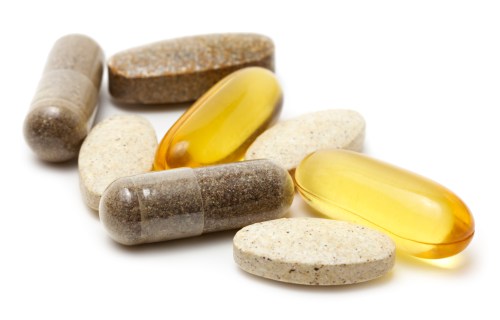Even though Starbucks seems to come out with a new speciality drink every other day—hello, unicorn and zombie frappuccinos—its espresso roast is a whole other story. For 40 years, the coffee megachain only had one: the original, Signature Starbucks Espresso. But starting today, you can try its brand new espresso, the Starbucks Blonde. (Not to be confused with the Blonde coffee, which came out in 2012.)
The Starbucks team flew in from Seattle to hold a specialty preview tasting, so I can tell you firsthand how it stacks up to the OG. On its own, the Blonde is much lighter and milder than the Signature. “It’s perfect for first-time coffee drinkers, or people who are used to drinking tea,” one of the reps tells me.
Because the Blonde tastes sweeter, baristas use one pump of syrup less in each specialty drink.
There was also a master barista on hand at the tasting, well-versed in coffee-speak. “You can taste a bit of citrusy, lemon notes,” he says. Personally, I couldn’t exactly pick that out downing the shot, but when I tried the Blonde iced, as an americano, the citrus really did shine through. BTW, in case you were wondering, I have been assured that just because the Blonde is lighter in taste, it still has the same amount of caffeine as the Signature. So there’s no compromise there!
When you order a specialty drink with the roast, like a caramel macchiato or an almond milk vanilla latte, the comparison really gets interesting. I tried the latter with the Signature espresso and then with the Blonde. They tasted comparable, but then the master barista dropped this bomb on me: Because the Blonde tastes sweeter, they use one pump of syrup less in each specialty drink. And just like that, you cut 5 grams of sugar out of your drink habit. It turns out with this blonde, you really can have more fun.
If you’re looking for more ways to cut sugar, here’s how Zac Efron, Karlie Kloss, and Kate Middleton do it.
Sign Up for Our Daily Newsletter
Get all the latest in wellness, trends, food, fitness, beauty, and more delivered right to your inbox.
Got it, you've been added to our email list.









